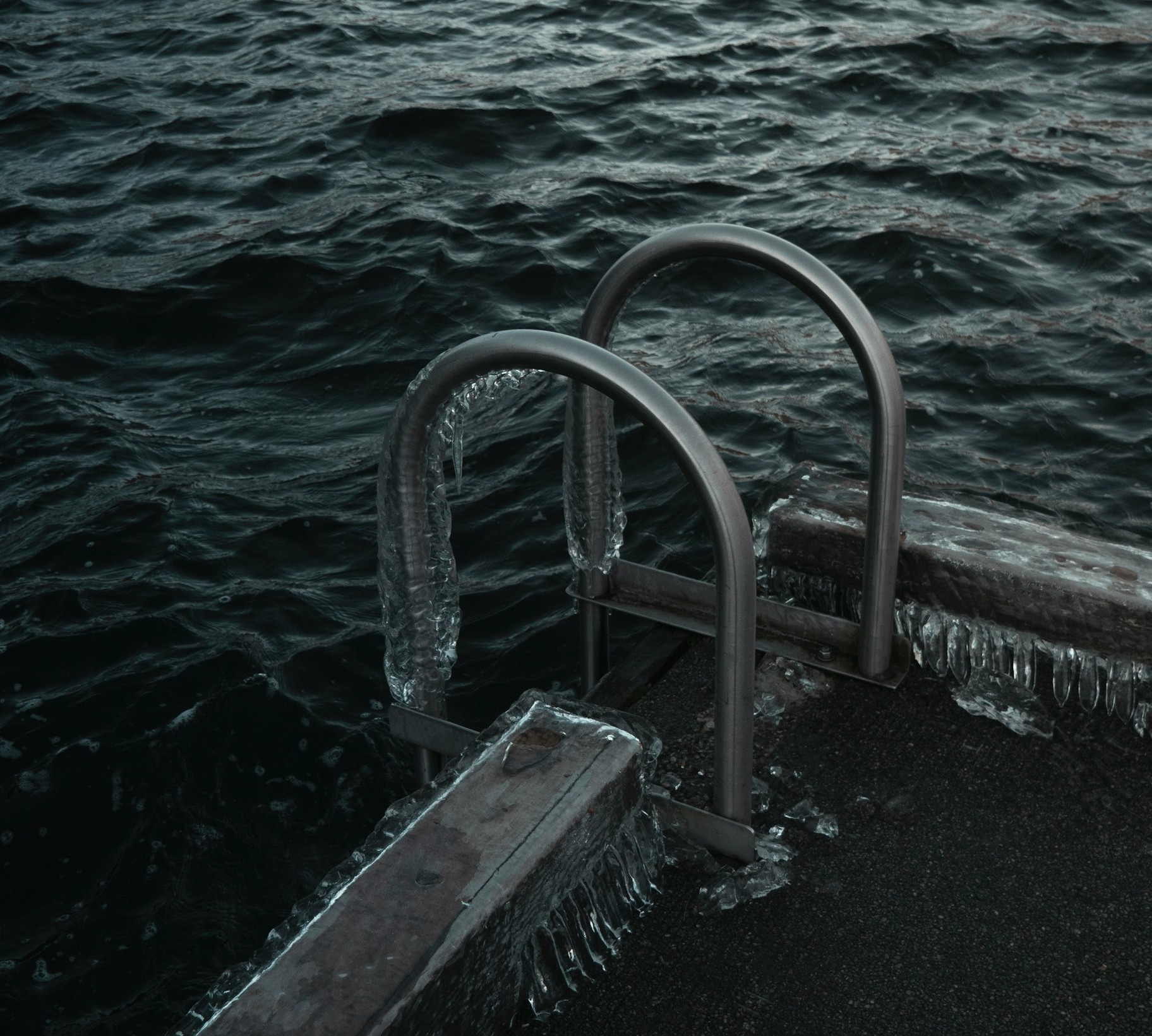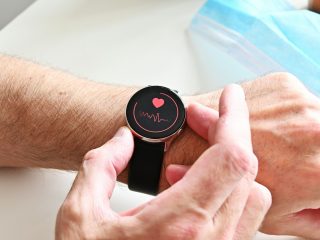When I first tried winter bathing in Northern Denmark with my parents, I was skeptical. The water was just 2–3°C, and every step across the stones felt like needles under my feet. After the plunge, I stood by the open fire, shivering and questioning why anyone would do this voluntarily.
Now, I do it whenever I can — especially before a sauna. And when I’m at a spa that offers cryotherapy, I’ll jump in the chamber too, even though those setups are still hard to find in most places.
The claims? Cold exposure is said to reduce inflammation, support recovery, improve circulation, and even boost mood by increasing dopamine. It also trains your stress response — teaching you to stay calm when your body wants to panic.
And you do feel something. In the hours after, there’s a sense of reset — less brain fog, more alertness, and better post-recovery focus.
But not everyone agrees on how much is needed.
When I visited Chenot Palace in Weggis, one of the medical staff mentioned that to really get long-term benefits from cold exposure, you may need a more structured approach — longer sessions, more than 10 minutes in the water (accumulated), done regularly over time. The idea is that short-term benefits (like mental clarity) are quick, but deeper adaptation may require consistency.
Personally, I’m not chasing extremes. I use cold exposure when I want to clear my head or reset my energy. Sometimes that’s enough.



